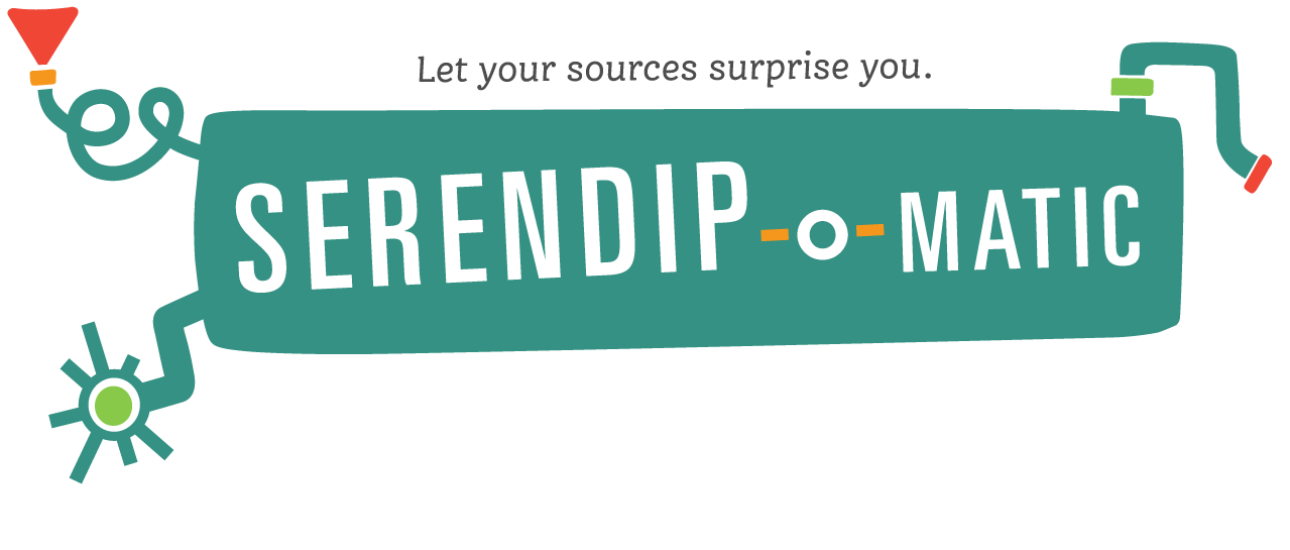Today I came across Instragrok via Hack Education via Digital Humanities Now. This is a cool alternative to Google for training students to do targeted research, and I might even try an assignment based on it next semester, if we’re not on strike.
But what I find really interesting is the way it implements topic model browsing. It looks like a fairly typical force-directed network diagram with nodes connect by edges. Each large node is a topic, and each connected node is a sub-topic, which I presume is based on a lower-ranked term within the topic. Clicking on any node generates new sub-topics, and this essentially allows you to dig down into the topic model. Unfortunately, there’s no way toggle nodes off, but I don’t imagine that would be hard to implement. Browsing topic models is difficult, and this is perhaps the easiest one to nagivate that I have seen. I wish there were a way to upload data, rather than relying on data mined from the internet…… Read more…



